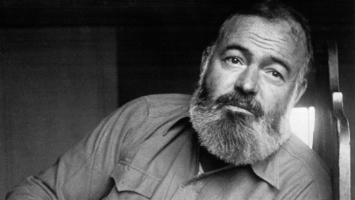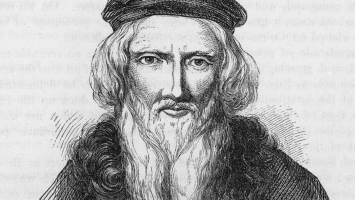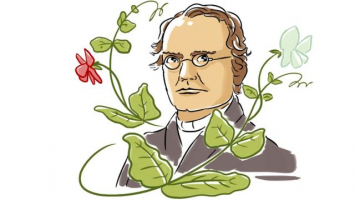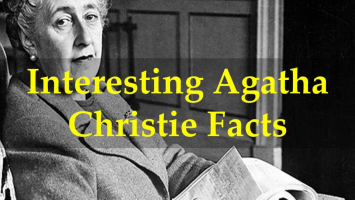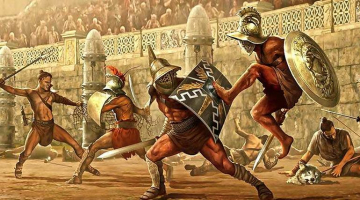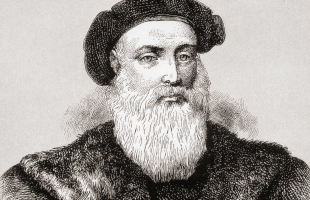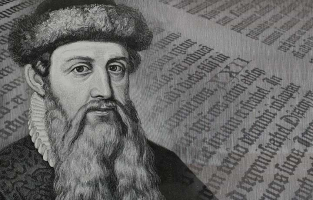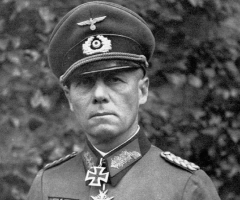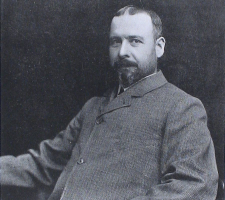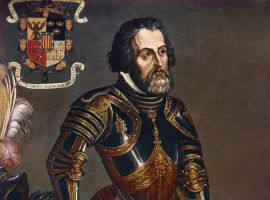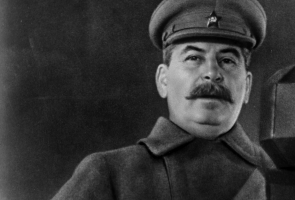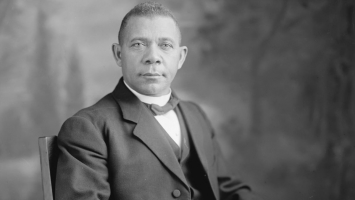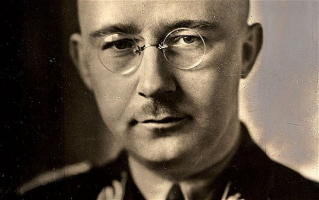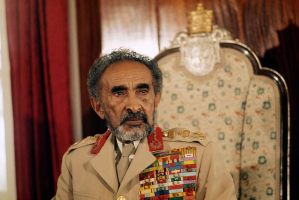Top 8 Interesting Facts about Ernest Shackleton
Ernest Shackleton was an Anglo-Irish Antarctic explorer who led three British expeditions to the South Pole. He was one of the protagonists of the period known ... read more...as the Heroic Age of Antarctic Exploration. Interesting facts about Ernest Shackleton, which combines adventure, exploration of unknown lands and stories of survival. Read below for more on Shackleton's adventures.
-
One of the interesting facts about Ernest Shackleton is that Ernest Shackleton is part of a large family. The third-highest fertility rate in Europe today, Ireland has always been recognized for its huge family. The Anglo-Irish family of Shackleton is hardly an exception. Eight daughters and two sons were among the ten children his parents had. First, of two boys, Ernest was the second of their 10 children; the second, Frank, gained notoriety as a suspect in the theft of the ill-fated "Irish Crown Jewels" in 1907 before being cleared of all charges.
Henry Shackleton, his father, attempted to enlist in the British Army but was unsuccessful due to poor health. Instead, he settled in Kilkea and started farming. While his mother, Henrietta Letitia Sophia Gavan, is a Fitzmaurice, the family has roots in Kerry dating back to the 13th century during the Norman invasion. Abraham Shackleton, a west Yorkshire Quaker, founded the family that Shackleton's mother belonged to. In 1726, he founded the school in County Kildare's Ballitore. Cardinals Paul Cullen, Edmund Burke, a well-known author and political orator, and Irishman James Napper Tandy were all notable former pupils of the institution.
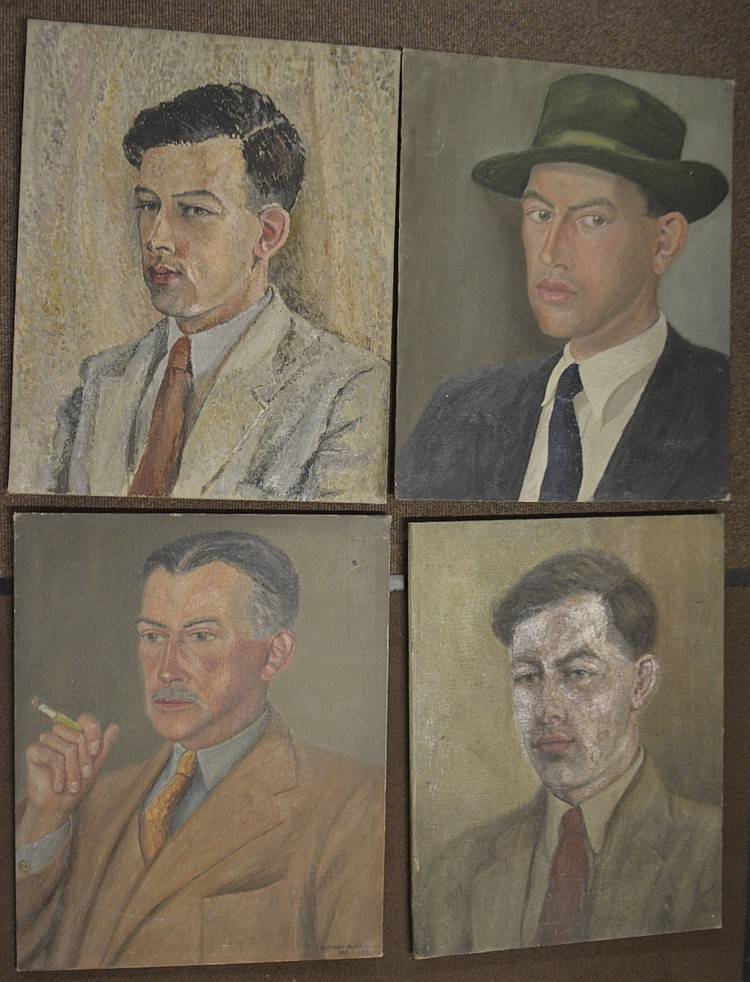
Photo: https://image.invaluable.com/ 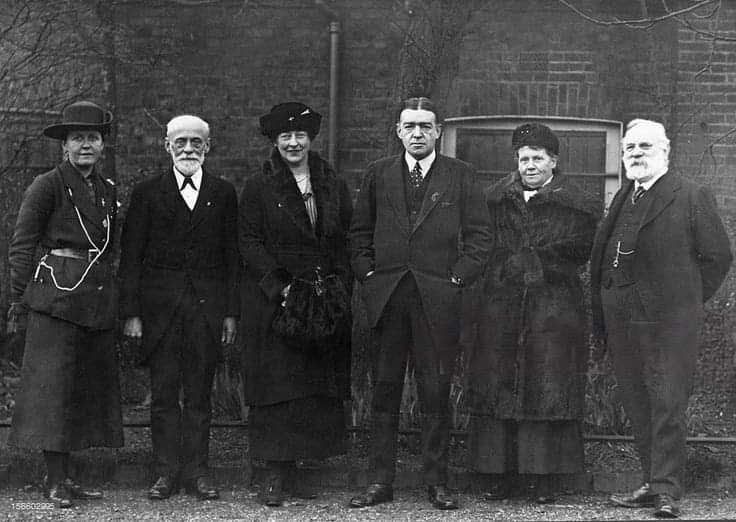
Photo: https://i.pinimg.com/ -
The Discovery Expedition got underway in 1901. Its objective is to conduct a geographical and scientific exploration of Antarctica. Ernest Shackleton set out on a mission to attempt to reach the southernmost high latitudes with expedition commander Robert Falcon Scott and scientist Edward Wilson. The official National Antarctic Expedition of the UK is called the Discovery Expedition after the ship Discovery. They broke the previous record for the most southern latitude at the time, which was 82°17', even though they did not reach the South Pole.
The Discovery sailed from London on July 31st, passing through Cape Town and New Zealand before making landfall on the Antarctic coast on January 8th, 1902. On February 4, Shackleton continued to take part in an experimental balloon flight and the expedition's first sleigh ride since its winter rest in McMurdo Sound.
On February 4, 1903, the party boarded the ship; none of the 22 dogs had survived the march. All three men had snow blindness, frostbite, and scurvy, and Scott sent Shackleton to his own country aboard the relief ship Morning following a futile medical examination. Due to his seriously compromised condition, Ernest Shackleton was unable to contribute on the return trek.
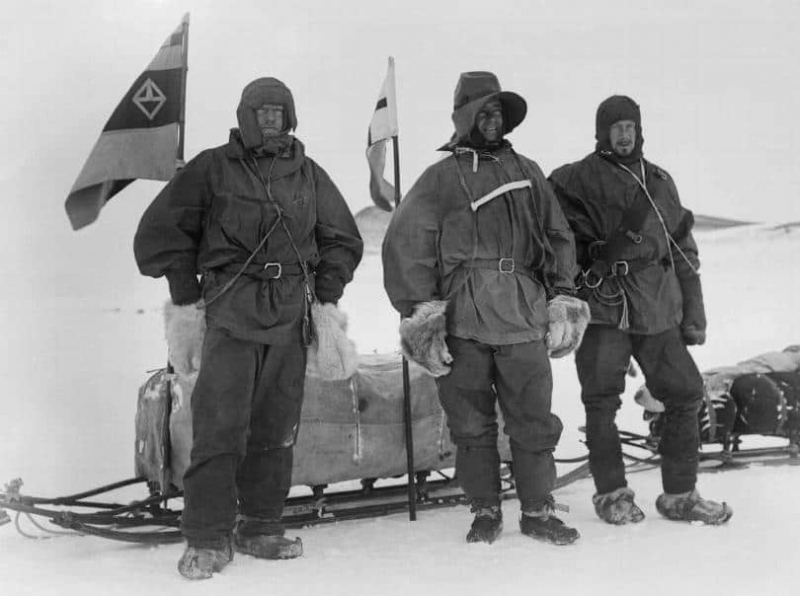
Photo: https://historycollection.com/ 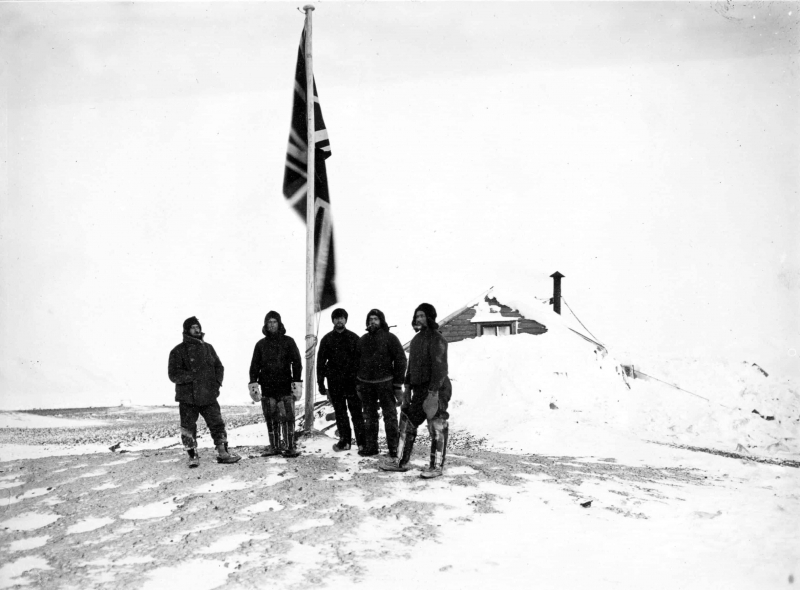
Photo: https://historycollection.com/ -
Shackleton intended to go even further and conquer both the South Pole and the Magnetic South Pole after taking part in the Discovery Expedition. He led the Nimrod Expedition in 1908 for this reason. He didn't succeed in his major objective, but he did make several significant discoveries.
Shackleton, Frank Wild, Eric Marshall, and Jameson Adams set out on the so-called Great Southern Voyage on October 29, 1908. On that day, they attained the southernmost latitude of 88°23′S. Only 180 kilometers (112 miles) separated us from the Pole on January 9, 1909. They visited Beardmore Glacier during this exploration, where they roughly located the Magnetic South Pole. They were the first to view the Antarctic Plateau, walk on it, and climb Mount Erebus, the continent's most active volcano. With only half of their provisions left, they avoided famine for the majority of the trip back to McMurdo Sound. Shackleton earns appreciation from Frank Wild for giving up one of the day's scheduled cookies for him when he was ill. To board the ship in time, they scheduled a meeting with Hut Point.
Upon his return to the UK, Shackleton was greeted as a hero. Heart of the Antarctic, his exploration diary, was made public. According to Emily Shackleton, he once said, "A living donkey is better than a dead lion, isn't it?" in reference to his failure to reach the North Pole.
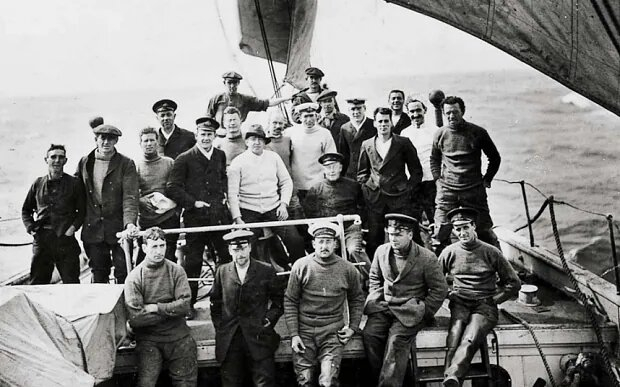
Photo: https://www.telegraph.co.uk/ 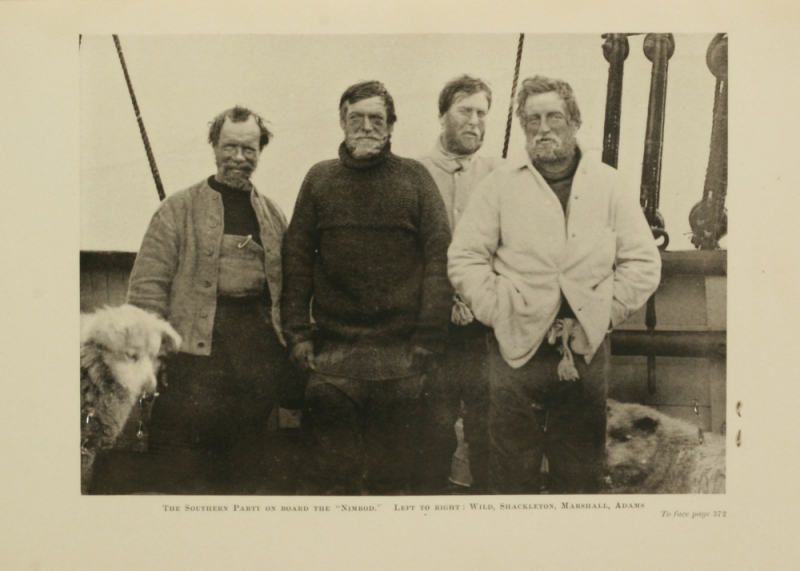
Photo: http://www.manhattanrarebooks-history.net/ -
One of the interesting facts about Ernest Shackleton is that he tried to be a successful businessman but failed. He made investments in a number of businesses to take advantage of his popularity. Numerous institutions, including the Royal Geographical Society, have recognized him. Shackleton had a busy schedule of public appearances, speaking engagements, and social engagements during the time right after her homecoming. He then tried to capitalize on his fame by succeeding in business.
Among the endeavors he seeks to advance are a tobacco company and a scheme to market "King Edward VII Land" postal stamps to collectors in light of Shackleton's appointment as director. Government of New Zealand Antarctic Post Office And the establishment of a mining business in Hungary that he purchased close to the now-part of the Romanian city of Nagybanya.
Ernest Shackleton left behind a huge debt because none of these businesses was successful, which is why he did. Additionally, his primary source of revenue comes from his lecturing travels. He was still considering going back to the South. Despite his best efforts, he was unable to succeed in business, and as a result, he amassed a significant debt that would remain unpaid until his passing.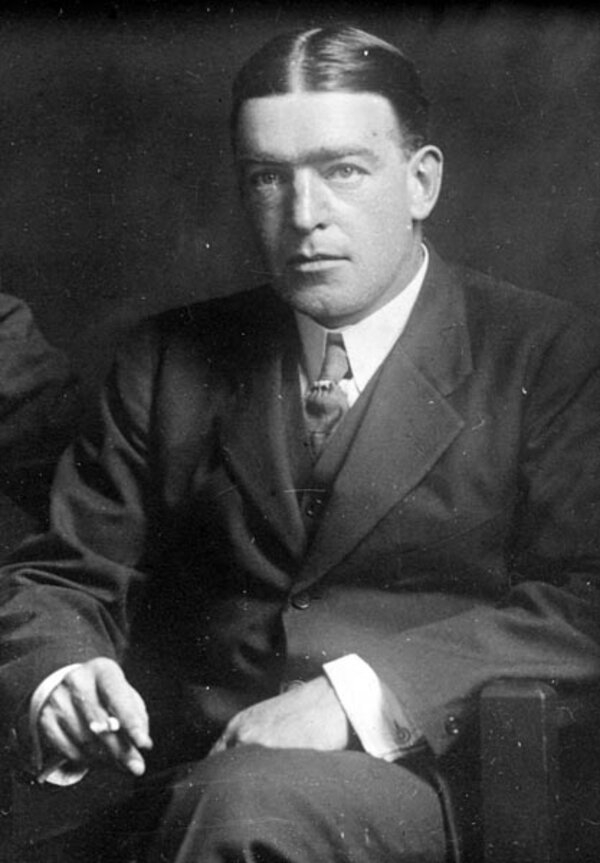
Photo: https://www.baumanrarebooks.com/ 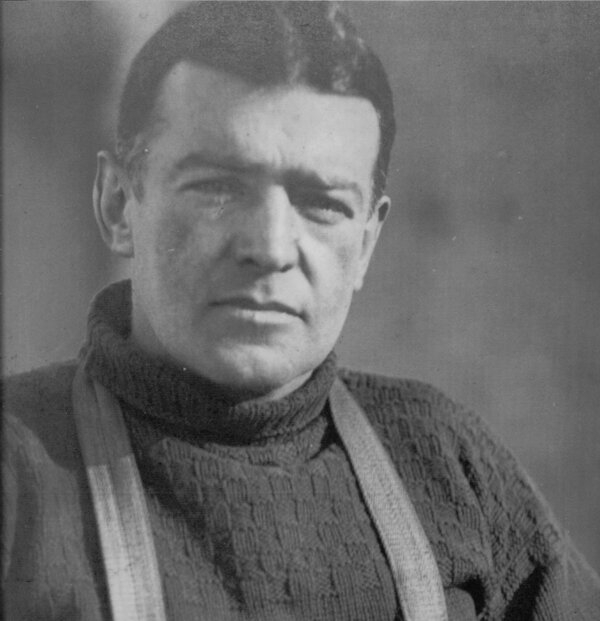
Photo: https://static.wixstatic.com/ -
In 1911, after learning that another person had reached the South Pole, he chose to start the Trans-Antarctic Expedition instead of continuing with his original objectives. A group of six people will walk 2,900 kilometers across the Antarctic continent as part of the project.
The voyage started in 1914, but the ship Endurance became stranded on an iceberg and eventually capsized after battling at sea for months. After spending a month on a deserted island, the team managed to row to South Georgia after spending months on a floating iceberg. They were compelled to leave the boat, though. They were saved when Shackleton landed at a whaling station and sent assistance to save the remainder of the crew after two arduous years.
The Chilean government helped Shackleton rescue the crew from the men at Elephant Island. On August 30, 1916, the British whaling ship and the Chilean navy's Yelcho, a tiny seagoing tug under the leadership of Captain Luis Pardo, arrived at Elephant Island. They were all soon evacuated by Shackleton. For a complete period of four and a half months, all 22 men were stranded on the island.
After Aurora was forced out to sea for breaking her anchor line, three more members of the Ross Sea Party were still executed at McMurdo Sound by having their throats slashed. The ship made its way back to New Zealand after several months at sea. To save the Ross Sea crewmen, Shackleton sailed the Aurora from New Zealand. Despite the challenges they faced and the deaths of three party members, including their commander Aeneas Mackintosh, they succeeded in setting up the warehouse. Ernest Shakleton is well renowned for his achievement in crossing the Antarctic continent.
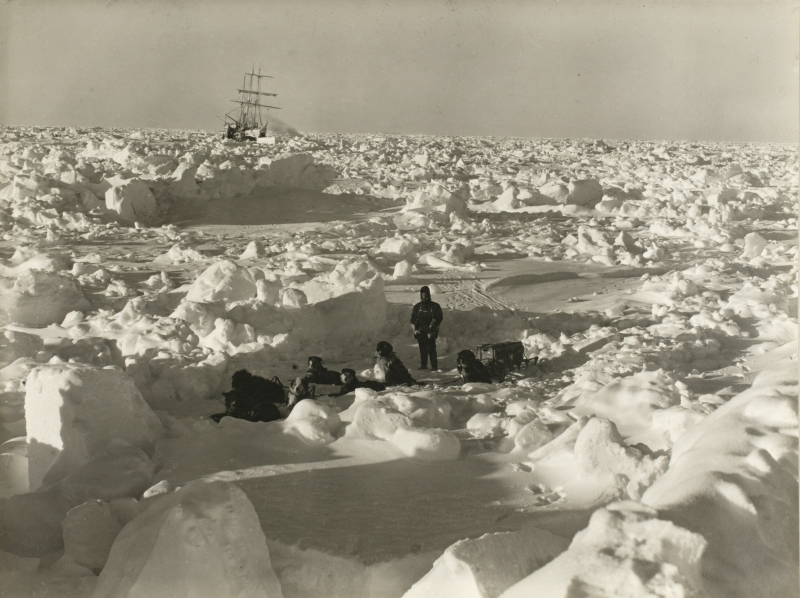
Photo: https://cdn.history.com/ 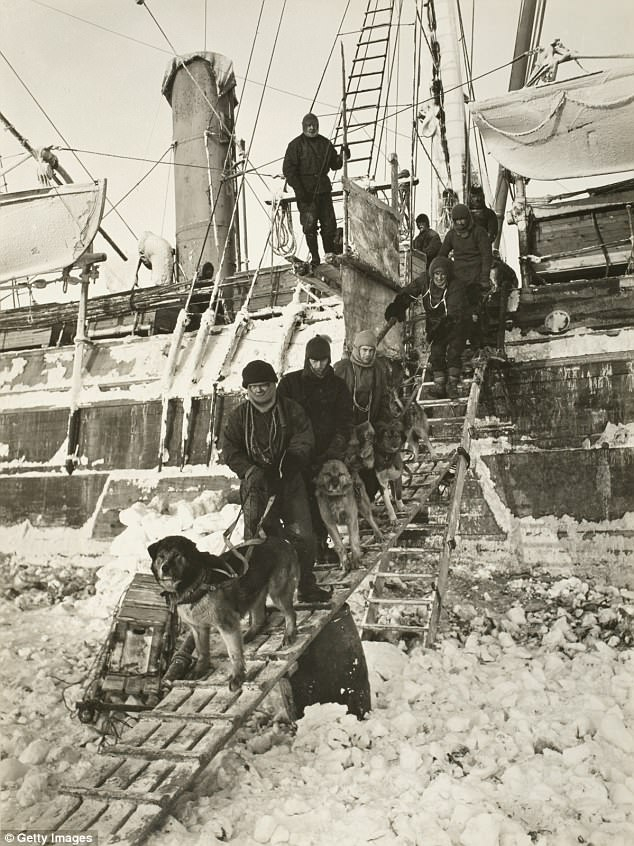
Photo: https://i.dailymail.co.uk/ -
One of the interesting facts about Ernest Shackleton is that he died on his last expedition. In December 1919, Shackleton released his own account of the Endurance mission, South, and resumed his lecture tour. 1920 saw Shackleton get weary with the lecture circuit and start to think about doing this last expedition Shackleton described the project as an "oceanographic and sub-Antarctic trip" once the destination moved to Antarctica. The joint venture's objectives are unclear, however, one of them has been cited as circumnavigating the Antarctic continent and looking into various "lost" sub-Antarctic islands, such Tuanaki.
On January 4, 1922, Quest traveled further south and arrived in South Georgia. Shackleton summoned the expedition's physician, Alexander Macklin, to his cabin in the wee hours of the following morning, complaining of back pain and other discomforts. On January 5, 1922, at 2:50 a.m, Shackleton suffered a deadly heart attack.
Shackleton died of a heart attack only four months after the expedition got underway. It is well known that he had health issues while traveling, but he resisted getting help. The cause of death, according to Macklin, who conducted the autopsy, was coronary artery plaque that had been worsened by "overexertion during the debilitation period."
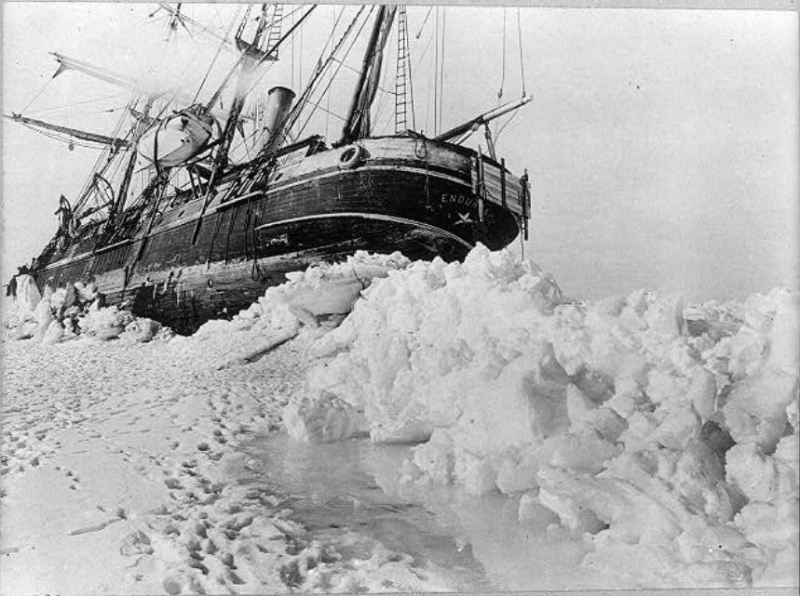
Photo: https://cbsnews1.cbsistatic.com/ 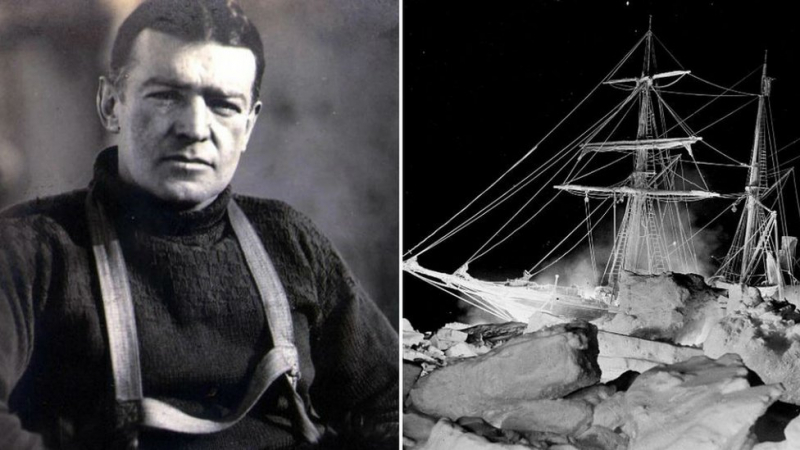
Photo: http://c.files.bbci.co.uk/ -
One of the interesting facts about Ernest Shackleton is that he also served in World War 1. When Shackleton arrived in England in May 1917, Europe had already entered World War I. He offered to serve despite being too old to enlist and feeling exhausted from everything he had gone through. He drank a lot and many of his demands to turn himself in France were not answered. In October 1917, he was given the task of spreading British propaganda throughout South America in Buenos Aires. He returned home in April 1918 after failing to persuade Argentina and Chile to support the Allies because he lacked the necessary skills for diplomatic work.
Shackleton may have experienced a heart attack while traveling and became ill at Troms, but he nonetheless briefly established a British presence at Spitzbergen under the cover of a mining operation. Then he was forced to go home before departing for northern Russia after being sent on a military expedition to Murmansk.
Although he was too old or his illness was getting worse to join the army, he still volunteered. He still retains a strong, indomitable will and especially still retains the will to explore Antarctica and circumnavigate the continent.
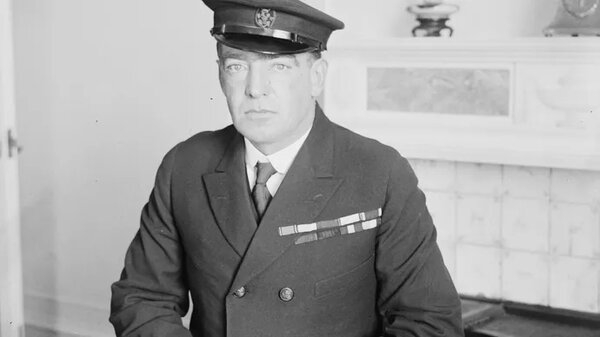
Photo: https://cdn.britannica.com/ 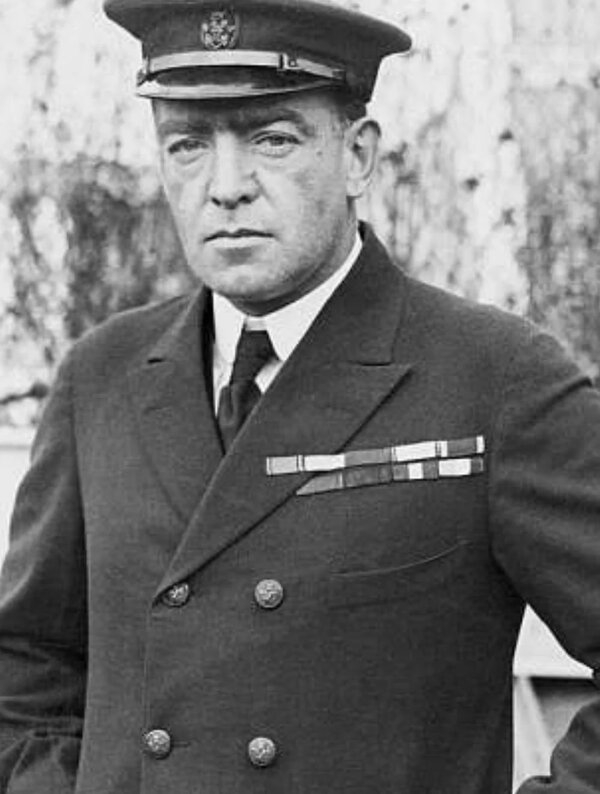
Photo: https://wordlesstech.com/ -
Young Ernest Shackleton was just 16 years old when he was allowed to quit school and sail away. Because he lacked the funds to either join the commercial marine cadetships or the Royal Navy at Britannia as a cadet, he decided to take up an apprenticeship "before the mast" on a sailing ship. The North-Western Shipping Company's square-rigged sailing ship Hoghton Tower served as his first berth. He spent the next four years honing his craft at sea while traveling the globe and meeting fascinating new people. He became a qualified second mate in August 1894 and accepted a position as the third officer on a tramp steamer of the Welsh Shire Line. He achieved his status as the first in just two years. In just two years, he received his first mate's title, and in 1898, he received his master mariner's license. As a result, he met the requirements to assume command of a British ship anywhere in the world.
Ernest Shackleton served as a young officer on the Union-Castle Line in 1898, which transported people and mail regularly between Southampton and Cape Town. After the Boer War broke out in 1899, he shifted to the troopship Tintagel Castle and exchanged mail and passengers for troops. He met army lieutenant Cedric Longstaff here in March 1900. Llewellyn W. Longstaff, Cedric's father, provided financial support for the National Antarctic Expedition that was being planned at the time in London.
He was able to speak with Longstaff because of his relationship with the son. Longstaff was so taken aback by Shackleton that he recommended him to Sir Clements Markham, the expedition's commander. On February 17th, 1901, Shackleton was officially named the third officer of the expedition ship Discovery. On June 4th, when he was commissioned into the Royal Navy as a sub-lieutenant in the Royal Naval Reserve, his time in the Merchant Navy practically came to an end.
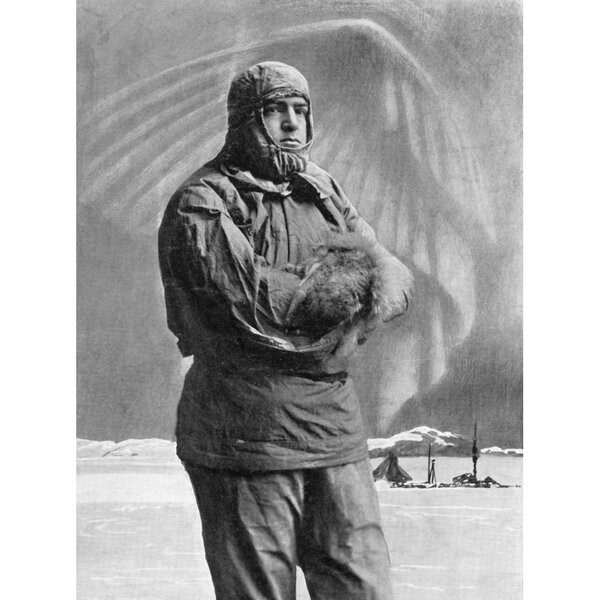
Photo: https://i5.walmartimages.com/ 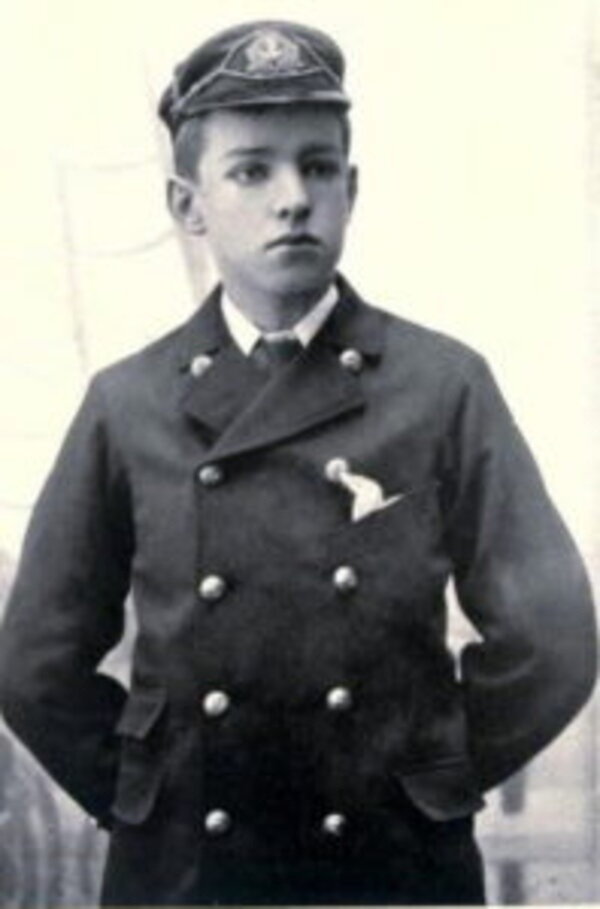
Photo: https://www.historic-uk.com/










